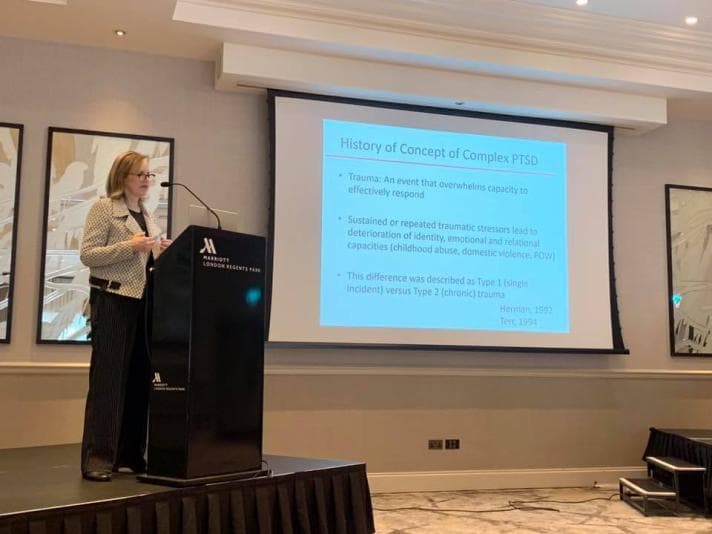
Do trigger warnings work as intended?
Meta-analysis reveals that despite allowing for informed decisions on content consumption, trigger warnings may have unintended consequences…
15 November 2023
Share this page
Trigger warnings — notes to help people emotionally prepare for potentially triggering content — have both fans and critics. Proponents argue that they help people choose whether or not to engage with potentially upsetting material, and set expectations which help minimise distress. Critics, however, believe that reading such warnings may make people more distressed through avoidance. Victoria Bridgland of Flinders University and colleagues explore the existing research in their recent paper in Clinical Psychological Science.
For their meta-analysis, the team gathered studies that gave participants a trigger warning before viewing a piece of media and then measured outcomes including psychological or psychophysiological reactions such as emotions, anxiety, or heart rate, either to the warning itself or to the content. Studies that measured participant behaviour, such as avoidance of content, were also included. After removing non-eligible papers, 12 remained for analysis. All were recently published, with the oldest being from in 2018.
Samples across the included studies generally had a high proportion of trauma survivors, presumably since this population would most benefit from content warnings. Some looked exclusively at trauma survivors, though most effect sizes included both trauma survivors and those who had not experienced trauma; only two out of 144 effect sizes did not contain any trauma survivors at all.
Perhaps surprisingly, analysis of the identified studies suggested that trigger warnings had a negligible impact on emotional reactions and on avoidance. Participants largely decided to view the provided content, and also didn't feel emotionally triggered when they did so. In one study in which participants were asked to pick between articles with and without trigger warnings, participants were more likely to pick those with trigger warnings — an active decrease in avoidance.
When trigger warnings were in place, studies showed that participants were more likely to have an anticipatory emotional response, as shown through both measures of affect and changes in heart rate. This suggests that people may anticipate distress from viewing, but that this anticipatory experience ultimately doesn't stop them from viewing.
The team also looked at comprehension of viewed material, and whether the presence of trigger warnings affected participants' ability to understand educational material. Overall, results suggested that their inclusion made no impact on the comprehension of such content.
The authors share that results of their analysis suggest "almost unanimously... that trigger warnings do not mitigate distress." These results do not seem to be, the team notes, due to people just ignoring trigger warnings, as evidenced by findings showing participants frequently experienced negative emotions when anticipating distressing content. Overall, while warnings do have an initial impact on emotional experience, there were no differences between the reactions of those fore-warned or those who weren't once the content is actually viewed.
Somewhat counterintuitively, in some cases the presence of trigger warnings actually increased the likelihood of people engaging with distressing content — choosing not to opt out of reading sensitive text, for example, or actively clicking to uncover distressing images. This is in line with previous research, which has shown that many people "approach, rather than avoid" unpleasant stimuli: a potential "forbidden fruit" effect that makes distressing content more appealing.
This study does, however, come with several limitations. Firstly, it used a relatively small number of studies, and all samples were from WEIRD societies, meaning findings may not be generalisable. The authors note that most of the studies included in their analyses focus on single-timepoints; it's possible that over time, small exposures to upsetting messages about content could accumulate and materialise as more significant psychological distress. The definition of trigger warnings used in this research was also somewhat narrow, excluding things such as movie ratings, typically used by caregivers to assess how suitable a film might be for a child. Future research widening this definition and focusing on effects beyond a single experiment may move the needle on these findings.
Whether or not trigger warnings mitigate distress as intended, many people will find them helpful in making an informed decision about the content they consume. Abandoning them completely is uncalled for – even if, as this analysis would suggest, they may not have the effect that some hope.
Read the paper in full: https://doi.org/10.1177/21677026231186625


